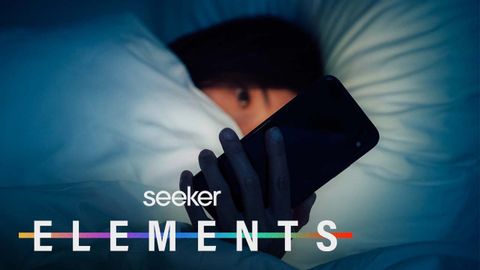How to Trick Your Brain Into Breaking Bad Habits
Summer 發佈於 2021 年 10 月 26 日  沒有此條件下的單字
沒有此條件下的單字US /ˈkɑnstəntlɪ/
・
UK /ˈkɒnstəntli/
- v.t./i.棒;黏貼,張貼;堅持;伸出;忍受
- n. (c.)棍棒,棍枝,枝條
US /ˈkɑnʃəs/
・
UK /ˈkɒnʃəs/
- adj.意識到;注意到;故意的;有意的;過於擔心的;過於顧慮的
US /ˈkɑnˌtɛkst/
・
UK /ˈkɒntekst/
- n. (c./u.)上下文 ; 背景 ; 來龍去脈;背景;環境;語境

